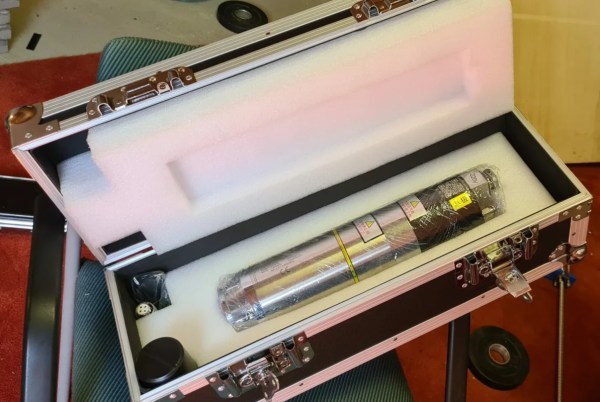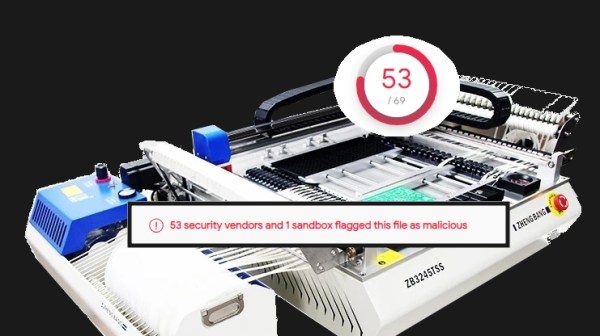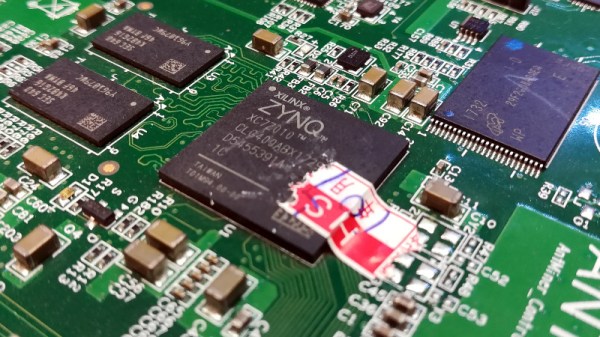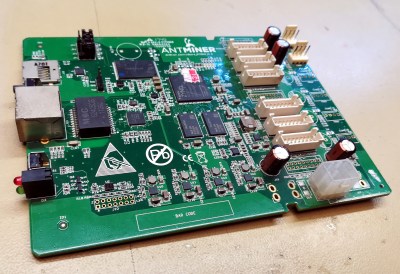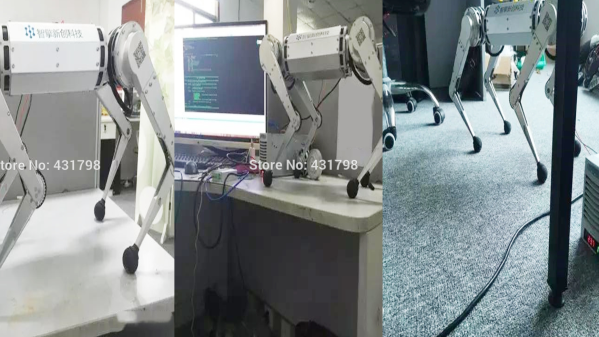We’ve all heard about the perils of counterfeit chips, and more than a few of us have probably been bitten by those scruple-free types who run random chips through a laser marker and foist them off as something they’re not. Honestly, we’ve never understood the business model here — it seems like the counterfeiters spend almost as much time and effort faking chips as they would just getting the real ones. But we digress.
Unfortunately, integrated circuits aren’t the only parts that can be profitably faked, as [Amateur Hardware Repair] shows us with this look at questionable tantalum capacitors. In the market for some tantalums for a repair project, the offerings at AliExpress proved too tempting to resist, despite being advertised alongside 1,000 gram gold bars for $121 each. Wisely, he also ordered samples from more reputable dealers like LCSC, DigiKey, and Mouser, although not at the same improbably low unit price.
It was pretty much clear where this would be going just from the shipping. While the parts houses all shipped their tantalums in Mylar bags with humidity indicators, with all but LCSC including a desiccant pack, the AliExpress package came carefully enrobed in — plastic cling wrap? The Ali tantalums were also physically different from the other parts: they were considerably smaller, the leads seemed a little chowdered up, and the package markings were quite messy and somewhat illegible. But the proof is in the testing, and while all the more expensive parts tested fine in terms of capacitance and equivalent series resistance, the caps of unknown provenance had ESRs in the 30 milliohm range, three to five times what the reputable caps measured.
None of this is to say that there aren’t some screaming deals on marketplaces like AliExpress, Amazon, and eBay, of course. It’s not even necessarily proof that these parts were in fact counterfeit, it could be that they were just surplus parts that hadn’t been stored under controlled conditions. But you get what you pay for, and as noted in the comments below the video, a lot of what you’re paying for at the parts houses is lot tracebility.
Continue reading “Exploring Cheap Tantalum Caps Of Mysterious Provenance”




